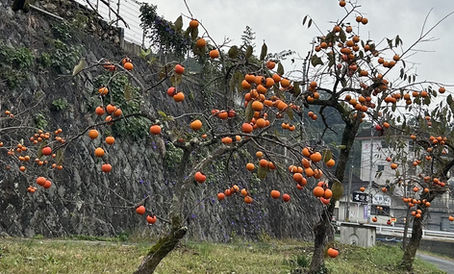"Toki" Japanese Crested Ibis was thought to have died out in the late 20th century.
- Masahisa Takaki

- Feb 20, 2022
- 1 min read
Updated: Mar 4, 2022
The Japanese crested ibis, 70-80cm long, is a member of the pelican family and used to be a common bird found over the whole area of East Asia from Siberia down to the southern part of China. It even had been a harmful bird for the farmer till the beginning of the 19th century, because the rice paddies were devastated when it preyed on the small fishes and frog there. After the mid-19th century, however, the number of it nose-dived since it was caught for food and down feather for winter clothes , and the aquatic life in the wetlands decreased due to agricultural chemicals. Toki was once regarded to have died out in Japan, China, Korea and Siberia in the mid-20th century. In 1981, thereafter, seven wild Toki birds were fortunately found in China and artificial breeding work was immediately started there. These bred birds were donated to Japan and Korea to expand the breeding work. These three countries already started to return the birds to nature periodically. Thus, the population of the birds as of 2019 reached 2,600 in China, 600 in Japan and 360 in Korea respectively. The picture shows the precious Toki birds under breeding work at Japanese Crested Ibis Protection Center in Sado Island, Niigata Prefecture.
Licensed tour guide, travel consultant,
Masahisa Takaki.
全国通訳案内士 高木聖久。







Comments